Chapter 1: Introduction
Abstract
1.1: Meat and muscle
1.2: Meat from other animals
1.3: Domestication of livestock
1.4: Trends and developments
1.5: Conclusions and future trends
References
Chapter 2: Factors influencing the growth of meat animals
Abstract
2.1: Introduction
2.2: Measurement of growth and body/carcass composition
2.3: Animal influences on growth of farm animals
2.4: Nonanimal influences on growth of farm animals
2.5: Interactions between animal and nonanimal influences on growth of farm animals
2.6: Future developments
References
Chapter 3: The structure and growth of muscle
Abstract
3.1: Introduction
3.2: The hierarchy of structures relevant to meat: From macroscopic to molecular
3.3: Muscle development and growth
3.4: Conclusions and future trends
References
Chapter 4: Chemical and biochemical constitution of muscle
Abstract
4.1: General chemical aspects
4.2: Biochemical aspects
4.3: Factors affecting muscle function with possible consequences on meat quality
4.4: Conclusion and future trends
References
Chapter 5: The conversion of muscle to meat
Abstract
5.1: Introduction
5.2: Rigor mortis
5.3: Postmortem metabolism
5.4: Factors controlling the rate of postmortem metabolism
5.5: Factors controlling the extent of postmortem metabolism
5.6: Abnormal postmortem metabolism
5.7: Presalughter stress
5.8: Development of meat quality attributes
5.9: Postmortem handling and meat quality
5.10: Aging and proteolysis
5.11: Conclusions
References
Chapter 6: Meat microbiology and spoilage
Abstract
6.1: Introduction
6.2: Recent advances in meat microbiology and identification of the main bacterial species involved in spoilage
6.3: The main microbial contaminants of meat involved in spoilage
6.4: Devices for bacterial spoilage monitoring
6.5: Major spoilage manifestations
6.6: Conclusion
References
Chapter 7: The storage and preservation of meat: I—Thermal technologies
Abstract
7.1: Introduction
7.2: Chilling
7.3: Freezing
7.4: Heating
7.5: Novel thermal procedures
7.6: Future trends
References
Chapter 8: The storage and preservation of meat: II—Nonthermal technologies
Abstract
8.1: Introduction
8.2: Ionizing radiation
8.3: High pressure
8.4: Freeze dehydration
References
Further reading
Chapter 9: The storage and preservation of meat. III—Meat processing
Abstract
9.1: Introduction
9.2: Curing
9.3: Fermentation
9.4: Dehydration
9.5: Smoking
9.6: Processing technologies for cured meat products
9.7: Conclusions and future trends
References
Chapter 10: The storage and preservation of meat: Storage and packaging
Abstract
10.1: Introduction
10.2: Impact of microbiology on fresh meat quality attributes
10.3: Common technologies used to preserve fresh meat products and assist in a combined manner to extend product shelf life
10.4: Packaging materials used for fresh meat and muscle-based products
10.5: Smart and intelligent packaging systems
10.6: Conclusions
References
Relevant websites
Chapter 11: The eating quality of meat: I Color
Abstract
11.1: Introduction
11.2: Myoglobin concentration
11.3: Myoglobin structure
11.4: Color phenomena in fresh meat
11.5: Color in cooked nitrite-cured and salted uncooked meats
11.6: Cooked meat color
11.7: Anomalies in meat color
11.8: Measuring meat color
11.9: Summary statement
References
Further reading
Chapter 12: The eating quality of meat: II—Tenderness
Abstract
12.1: Introduction
12.2: Measuring tenderness
12.3: Conclusions and future trends
References
Chapter 13: The eating quality of meat: III—Flavor
Abstract
13.1: Aroma and taste compounds
13.2: Volatile compounds generation reactions
13.3: Methodology for meat aroma volatile identification
13.4: Pre- and postslaughter factors affecting aroma
13.5: Off-flavors
13.6: Meat product flavor
13.7: Conclusions and future trends
References
Chapter 14: The eating quality of meat: IV—Water holding capacity and juiciness
Abstract
14.1: Introduction
14.2: Definition of water-holding capacity and juiciness
14.3: Structural influences on the WHC of uncooked, cooked, and processed meat
14.4: Factors influencing WHC in raw muscle
14.5: Changes in WHC during cooking of raw meat
14.6: Juiciness: Influencing factors and interactions with WHC
14.7: Factors influencing WBC of meat products
14.8: Methods to measure WHC and juiciness
14.9: Conclusions and future trends
References
Further reading
Chapter 15: The eating quality of meat: V Sensory evaluation of meat
Abstract
15.1: Introduction
15.2: Why sensory evaluation of meat is unique
15.3: Overview of how sensory is perceived and defining sensory attributes
15.4: Sensory controls for meat
15.5: Sensory techniques
15.6: Emerging or underutilized sensory techniques
15.7: Conclusions
References
Chapter 16: Meat safety—I Foodborne pathogens and other biological issues
Abstract
16.1: Introduction
16.2: Biological meatborne hazards: Prevalence, transmission, and foodborne disease surveillance
16.3: Meatborne bacterial pathogens and toxins
16.4: Meatborne viruses
16.5: Meatborne parasites
16.6: Other biological issues
16.7: Current and future challenges to biological meat safety
16.8: Concluding remarks and outlook
References
Chapter 17: Meat safety: II Residues and contaminants
Abstract
17.1: Introduction
17.2: Chemical contaminants and residues
17.3: Risk assessment
17.4: Analytical methods
17.5: Future trends and perspectives
References
Chapter 18: Meat authenticity and traceability
Abstract
18.1: General overview
18.2: Intrinsic characteristics of the meat
18.3: Extrinsic characteristics of the meat
18.4: Conclusions and future trends
References
Chapter 19: Meat composition and nutritional value
Abstract
19.1: Introduction
19.2: Global meat production and consumption
19.3: Composition of meat. Roles of nutrients in metabolism and recommended intakes
19.4: Meat as part of a healthy diet
19.5: Effects of cooking on nutrients in meat
19.6: Conclusions
References
Chapter 20: Meat and health
Abstract
20.1: Introduction: Nutrients supplied from meat
20.2: Meat in healthy nutrition and diet
20.3: Recommended meat intakes
20.4: Functional muscle foods
20.5: Problematics with toxins and residues
20.6: Conclusions
References
Chapter 21: Sustainability I: Edible by-products
Abstract
21.1: Introduction
21.2: Main co-products
21.3: Nutritional value of co-products
21.4: Products resulting from co-products
21.5: Added value products obtained from co-products
21.6: Conclusions and future trends
References
Chapter 22: Sustainability II: Sustainable animal production and meat processing
Abstract
Acknowledgment
22.1: Introduction
22.2: Types of animal production systems around the world
22.3: What is sustainable animal production?
22.4: Why it is necessary to maintain sustainable animal production?
22.5: Some practices of sustainable animal production systems
22.6: Other technologies or strategies to improve sustainability of animal production
22.7: Meat processing
22.8: Benefits of sustainable animal production and meat processing
22.9: Future opportunities and perspectives
22.10: Conclusions
References
Chapter 23: Future meat market
Abstract
23.1: Introduction
23.2: Trends in plant-protein-based meat analogs
23.3: Trends in insect proteins to be used in meat products
23.4: Cell-cultured meat and future market opportunities
23.5: Trends in organic meat products
23.6: Pandemic planning for the meat industry
23.7: Conclusion and remarks
References
Index
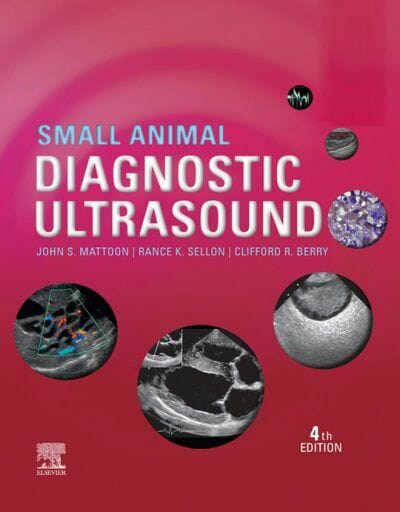

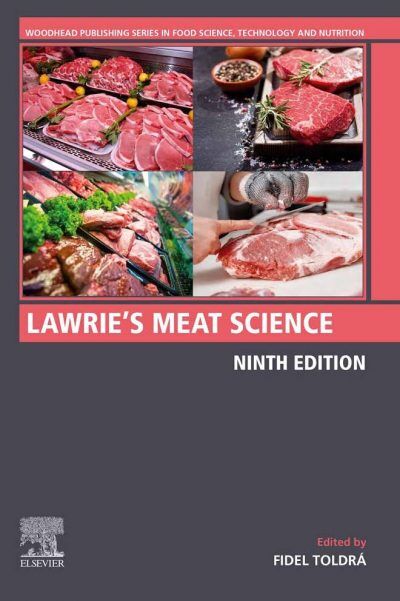
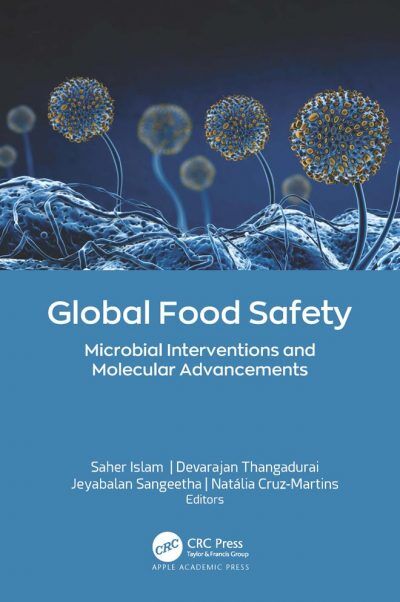
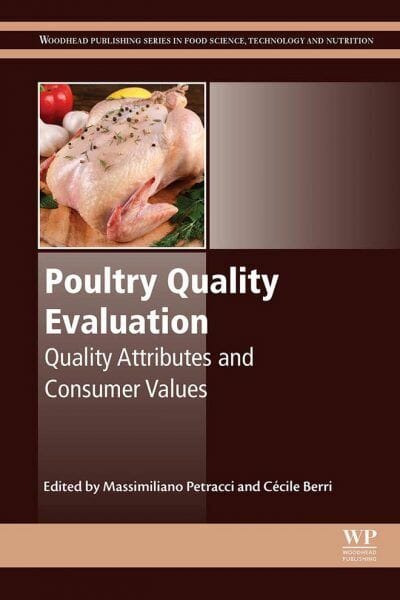

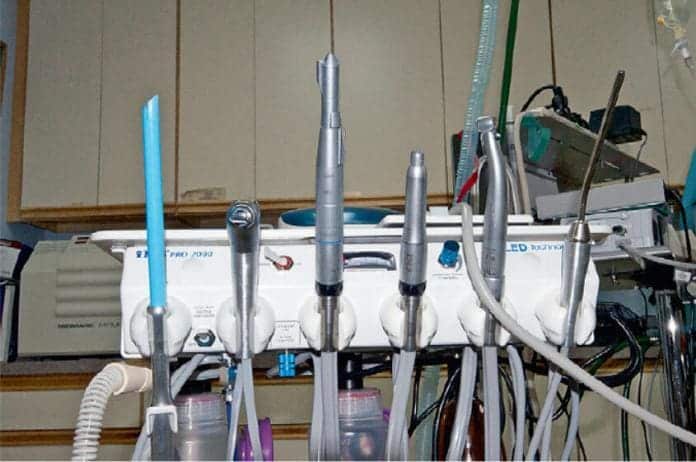
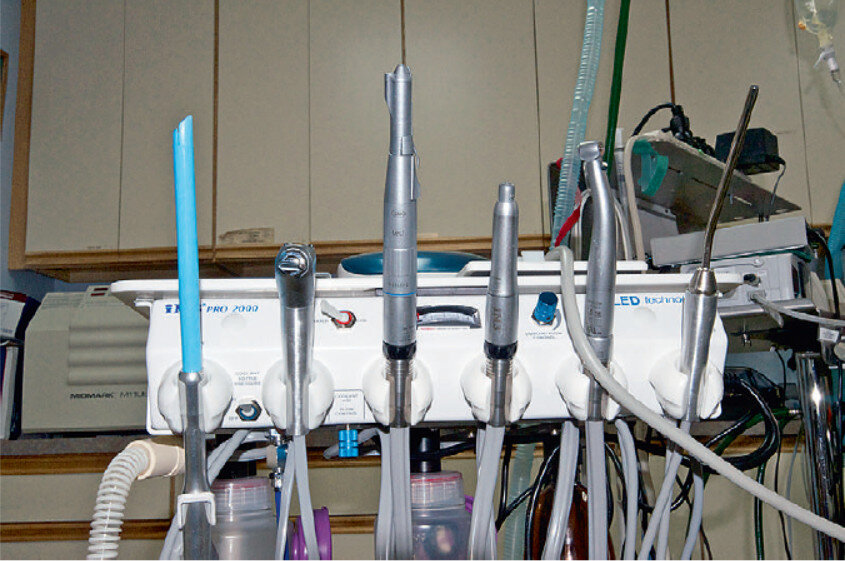

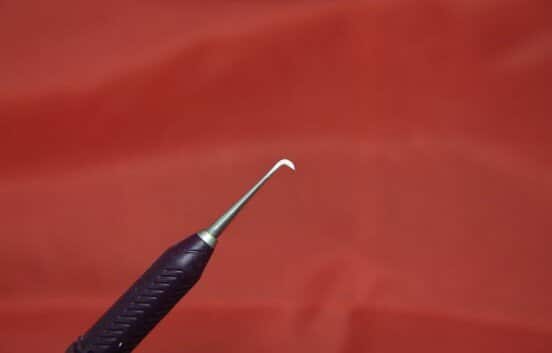
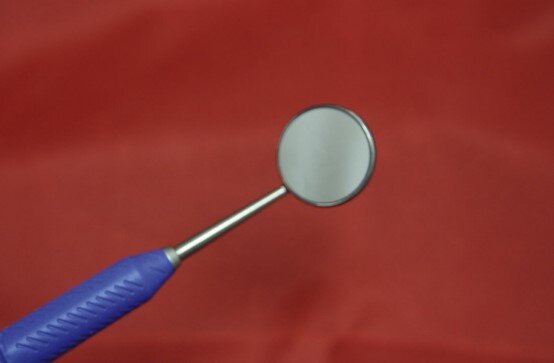
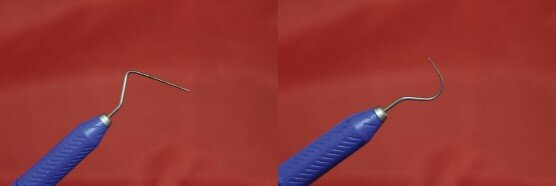
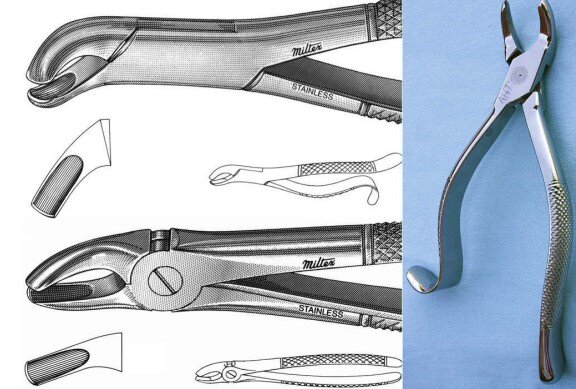
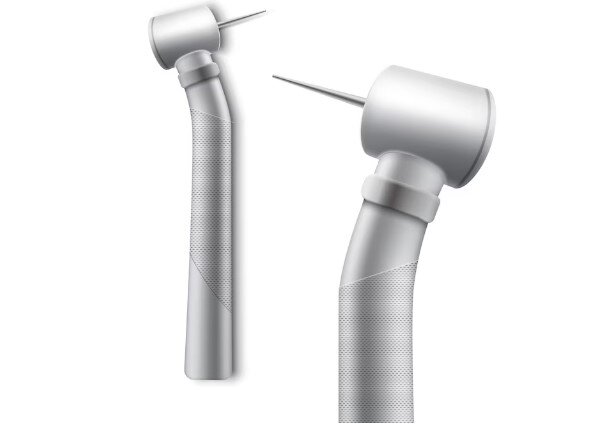

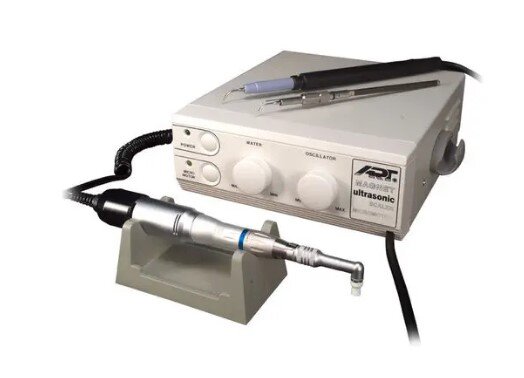
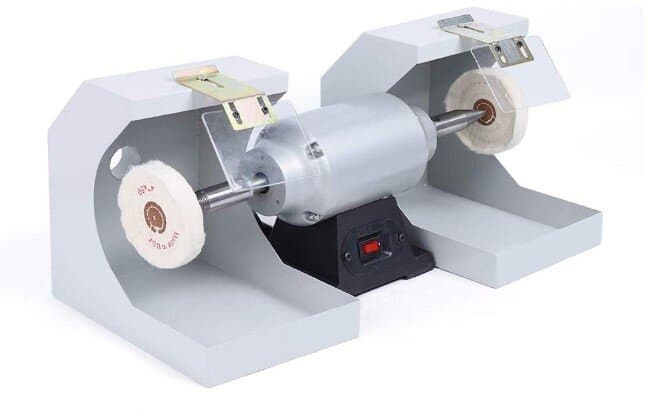
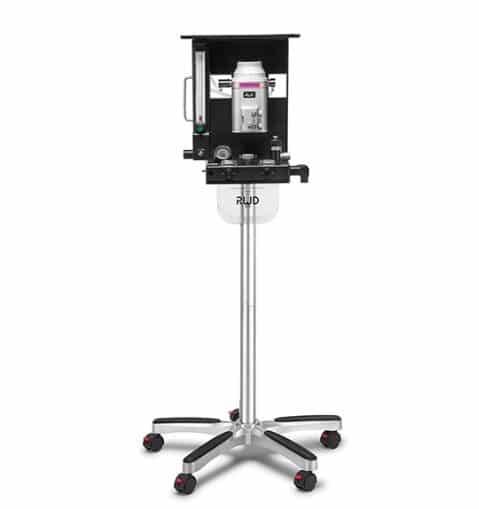
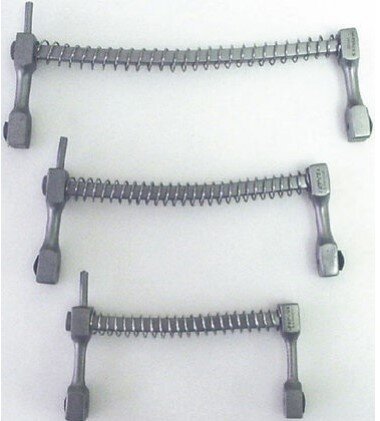

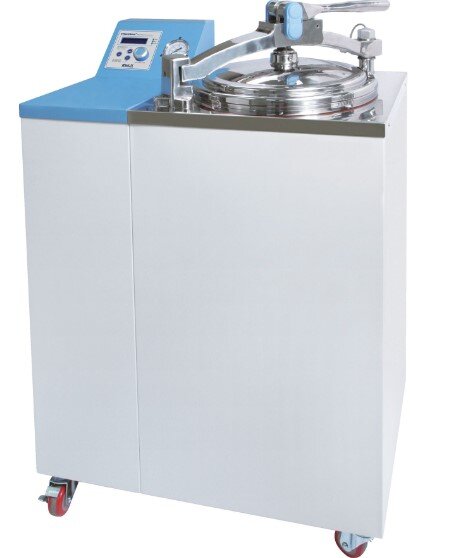
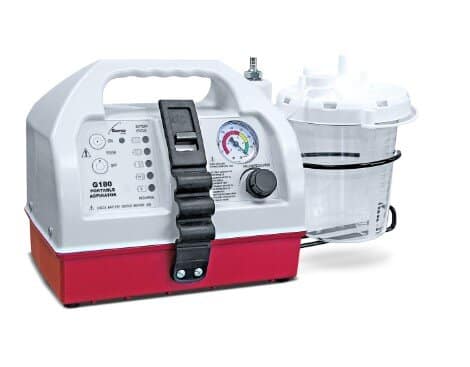
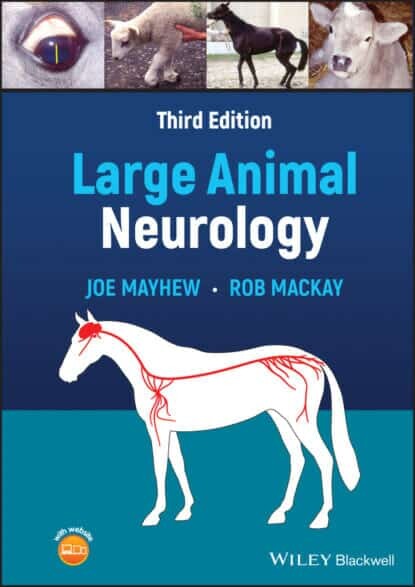
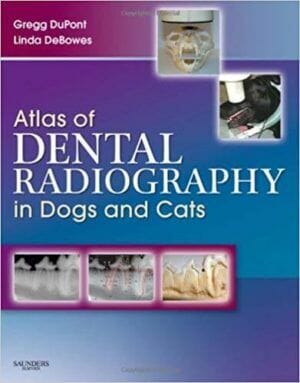

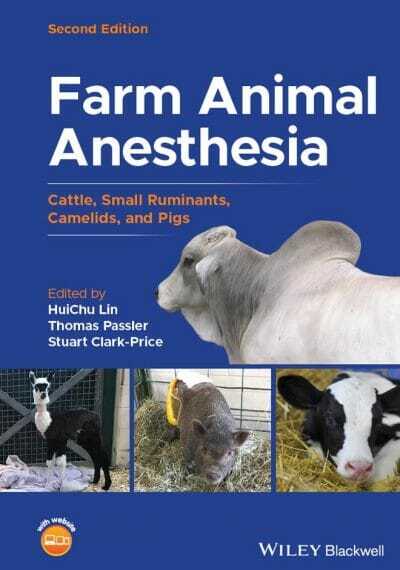
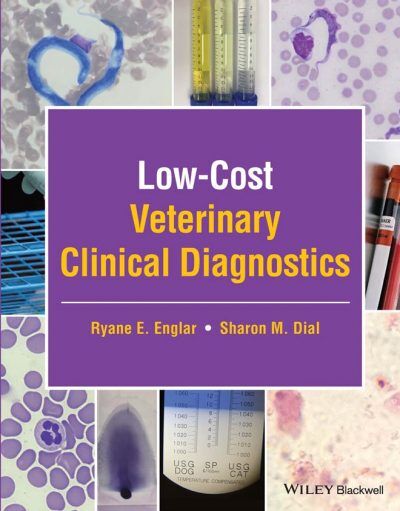
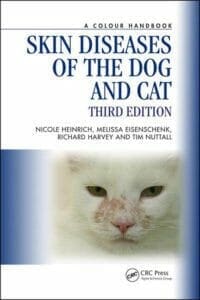
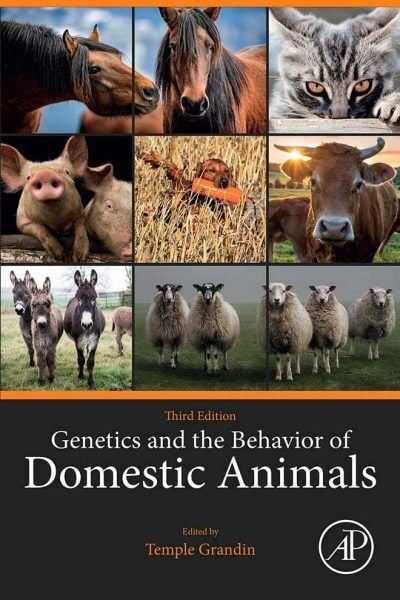




![Ettinger’s Textbook of Veterinary Internal Medicine 9th Edition [PDF+Videos] Ettinger’s Textbook of Veterinary Internal Medicine 9th Edition [True PDF+Videos]](https://www.vet-ebooks.com/wp-content/uploads/2024/10/ettingers-textbook-of-veterinary-internal-medicine-9th-edition-100x70.jpg)
![Textbook of Veterinary Diagnostic Radiology 8th Edition [PDF+Videos+Quizzes] Thrall’s Textbook of Veterinary Diagnostic Radiology, 8th edition PDF](https://www.vet-ebooks.com/wp-content/uploads/2019/09/textbook-of-veterinary-diagnostic-radiology-8th-edition-100x70.jpg)







